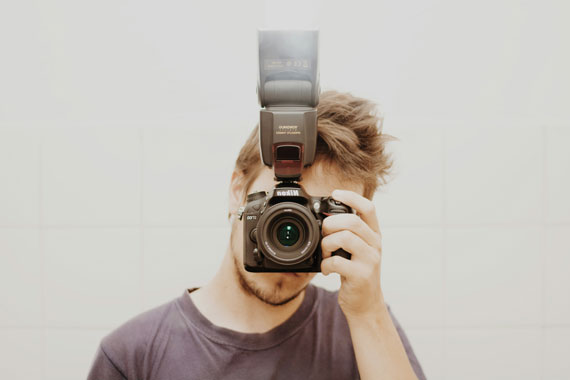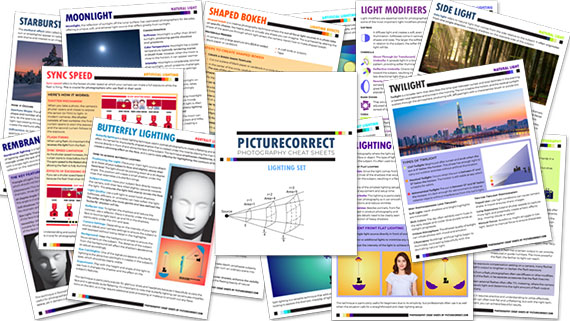When used effectively, a flash can be a powerful tool in photography, helping to illuminate your subjects and add depth to your shots. However, understanding flash settings—such as delay, intensity, and others—can be tricky. This guide will help you get the most out of your flash by exploring these critical settings.
Quick reminder: for a cheat sheet on this topic that you can print out to remember (and many more), venture over to the Photography Lighting Cheat Sheets Sunlight Sale

Photo captured by Luciano Zanollo
1. Flash Intensity: Controlling the Light
Flash intensity refers to how bright the flash will be. Adjusting this can help create different lighting effects, avoid overexposure, and give your image the desired mood.
- Low Intensity: Use this setting for subtle fill light or when you’re shooting in well-lit environments. A lower intensity balances natural and artificial light without overpowering your subject.
- High Intensity: This is ideal for low-light conditions or when you want a dramatic effect, but be cautious of overexposure. You might need to compensate by adjusting the camera’s aperture or ISO.
2. Flash Delay: Timing is Everything
Flash delay determines when the flash fires in relation to when you press the shutter. There are typically two main delay options:
- Front Curtain Sync (No Delay): The flash fires at the beginning of the exposure, which is useful for freezing motion. This works well in action shots or scenes where you want to stop movement right as it happens.
- Rear Curtain Sync (Delayed): The flash fires at the end of the exposure, allowing ambient light to be captured first. This setting is great for motion blur effects, such as trailing car lights or when you want to show movement before freezing the subject.
3. Manual vs. TTL Flash
- Manual Mode: In manual flash mode, you control the power output. This setting gives you full creative control but requires more experience to adjust the light correctly.
- TTL (Through The Lens) Mode: TTL mode automatically adjusts the flash power based on the camera’s reading of the scene. This is a more automated option, ideal for beginners or when shooting in dynamic lighting environments.
4. Flash Zoom
Some flashes allow you to control the zoom, which focuses the light spread. A narrower beam is useful for highlighting a specific subject, while a wider beam lights up a broader area.
- Wide Zoom: Best for group shots or when you want to light up a large area.
- Narrow Zoom: Ideal for portraits or spotlighting a single subject.
5. Bouncing Flash for Soft Light
Instead of pointing the flash directly at your subject, you can bounce it off a ceiling or wall for a softer, more natural look. Most flashes have a tilting head for this purpose. Experiment with the angle to achieve the right balance of light and shadows.
6. Slow Sync Flash
Slow sync flash allows for longer exposures with flash, combining natural and artificial light. This setting is particularly useful in low-light environments where you want to capture background details without losing focus on your subject.
- Use it in Night Photography: Capture the atmosphere of a dimly lit environment while still keeping your subject well-lit.
Summary:
Flash photography can seem daunting, but once you understand how to control settings like intensity, delay, and zoom, you’ll have much more creative control over your lighting. Whether you’re freezing action or creating soft, natural light, mastering these settings will elevate your photos to the next level.
For Further Training:
Lighting is arguably the most important aspect of photography; but do you know how to use it? These new Photography Lighting Cheat Sheets are designed to help. With critical information on ALL the types of natural light and artificial light you can use. In the spirit of summer, they are currently 80% off today for a Sunlight sale.
Whether you’re a seasoned professional or just starting out, photography cheat sheets can be a valuable resource for improving your skills and taking your photography to the next level. By having all the key information you need in one place, you can focus on what’s important – capturing amazing photos.
Sunlight sale ending soon: The Photography Lighting Cheat Sheets at 80% Off
Like This Article?
Don't Miss The Next One!
Join over 100,000 photographers of all experience levels who receive our free photography tips and articles to stay current:







Leave a Reply